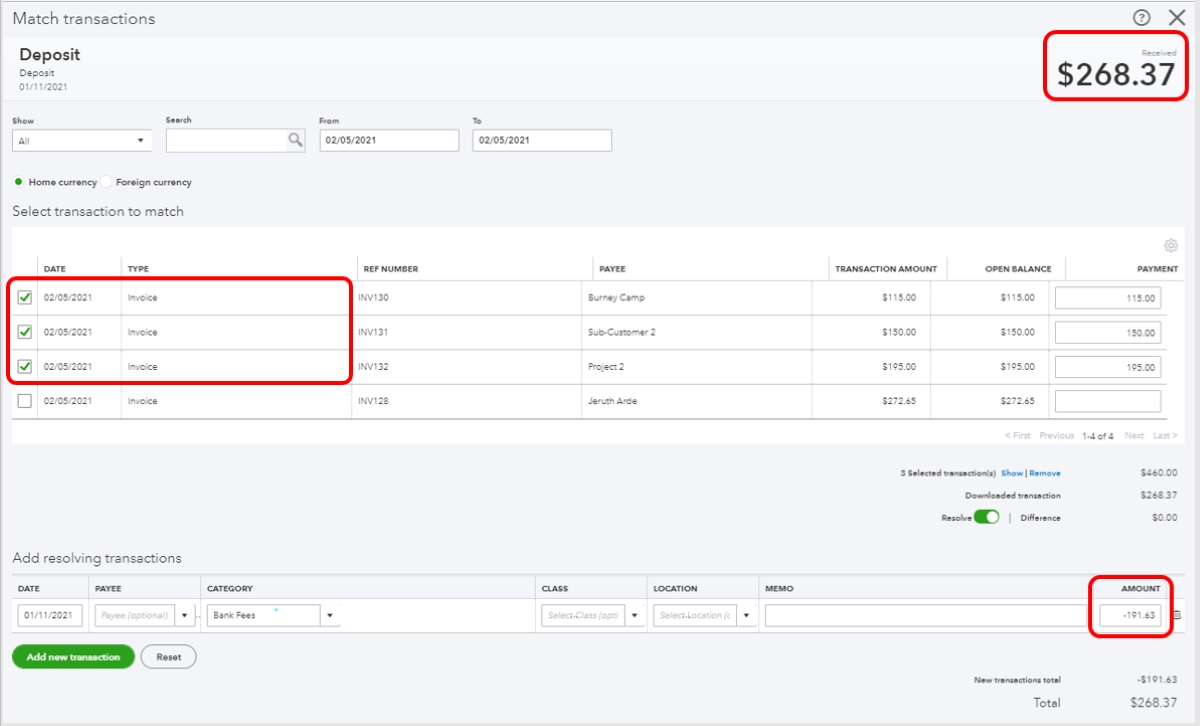

Finance
How Do Life Insurance Companies Make Money?
Modified: December 29, 2023
Life insurance companies generate revenue through premiums paid by policyholders and invest those funds to earn returns. Learn how these finance-driven companies make money.
(Many of the links in this article redirect to a specific reviewed product. Your purchase of these products through affiliate links helps to generate commission for LiveWell, at no extra cost. Learn more)
Table of Contents
Introduction
Life insurance is a concept that provides financial protection to individuals and their loved ones in the event of an unfortunate circumstance such as death or disability. While the primary purpose of life insurance is to offer peace of mind and security, it is also a lucrative industry. Ever wondered how life insurance companies make money? It’s an intriguing question that requires a deeper understanding of the business model and revenue streams of these companies.
Life insurance companies generate income through various channels, including premiums, investment income, underwriting profits, and managing expenses. By carefully analyzing these elements, we can gain insights into the workings of the industry and the profit margins involved.
Understanding how life insurance companies generate revenue is not only interesting but also essential for policyholders and investors. It sheds light on the financial stability and long-term viability of these companies, which can be crucial factors in choosing the right life insurance provider.
In the following sections, we will explore the different ways life insurance companies make money and how each aspect contributes to their overall financial success.
Premiums
One of the primary sources of income for life insurance companies is the collection of premiums from policyholders. Premiums are the regular payments made by policyholders in exchange for the coverage and benefits provided by the insurance policy.
The amount of premium paid by policyholders depends on various factors, including the type of policy, the age and health of the insured, the coverage amount, and the duration of the policy. Life insurance companies carefully assess the risks associated with each policyholder and determine the appropriate premium level to ensure profitability.
Life insurance premiums can be structured in different ways. The most common types of premiums are:
- Level Premium: In this type of premium, the amount paid remains constant throughout the policy’s duration. It allows policyholders to have predictable and consistent premium payments over time.
- Increasing Premium: This premium structure starts with a lower initial premium and gradually increases over time. It is often chosen by individuals who expect their income to rise in the future.
- Decreasing Premium: This type of premium starts higher and decreases gradually over time. It is commonly used for policies such as mortgage protection, where the insured amount decreases as the mortgage is paid off.
Life insurance companies carefully calculate the premiums by considering various factors, such as mortality rates, expected payouts, administrative costs, and profit margins. They aim to set premiums at a level that allows them to cover policyholder claims and expenses while generating a profit.
In addition to collecting premiums, life insurance companies also earn interest on the accumulated premium payments. These funds are held in reserves and invested to generate further income for the company.
Overall, premiums play a pivotal role in the revenue generation of life insurance companies. They provide a steady stream of income that, when combined with other sources, ensures the financial stability and profitability of these companies.
Investment Income
Another significant source of income for life insurance companies is investment income. Life insurance companies often have a substantial pool of funds from the premiums they collect from policyholders. Instead of keeping these funds idle, they invest them in various financial instruments to generate additional income.
The investment portfolios of life insurance companies are diversified and usually include a mix of stocks, bonds, real estate, and other assets. The primary objective of these investments is to generate returns that outpace the amount of money needed to cover policyholder claims and expenses.
The investment income earned by life insurance companies can come from different sources:
- Bonds: Life insurance companies often invest a significant portion of their funds in bonds. Bonds offer a fixed income stream through periodic interest payments and the return of principal upon maturity.
- Stocks: Life insurance companies may invest in publicly traded stocks, seeking capital appreciation and dividends over the long term.
- Real Estate: Some life insurance companies also invest in real estate properties such as commercial buildings and residential complexes. These investments provide rental income and the potential for capital appreciation.
- Other Investments: Life insurance companies may explore various other investment avenues, such as mutual funds, exchange-traded funds (ETFs), and alternative investments like private equity and hedge funds.
The investment income generated by life insurance companies can significantly contribute to their profitability. However, it is important to note that investments come with risks, and the performance of the investment portfolio can fluctuate based on market conditions and economic factors.
Life insurance companies have dedicated teams of investment professionals who manage the company’s portfolio, analyze market trends, and make strategic investment decisions. They aim to strike a balance between generating attractive returns and maintaining the financial stability and solvency of the company.
By effectively managing their investment assets, life insurance companies can boost their overall profitability and ensure that they have sufficient funds to fulfill their obligations to policyholders.
Underwriting Profits
Underwriting profits are a key component of how life insurance companies make money. Underwriting is the process by which insurance companies assess the risk associated with insuring an individual and determining the premium amount to charge for the coverage.
When a policy is underwritten, the insurance company evaluates factors such as the applicant’s age, health history, occupation, lifestyle habits, and other relevant information. Based on this assessment, the company determines the level of risk associated with insuring the individual.
If the insurance company accurately assesses the risk and sets premiums accordingly, they can generate underwriting profits. Underwriting profits are earned when the collected premiums outweigh the claims paid out by the company. In other words, it’s the difference between the amount of premium income received and the cost of claims and operating expenses.
However, underwriting profits are not guaranteed for life insurance companies. If the company underestimates the risks associated with a policy or experiences a higher than expected number of claims, it can result in underwriting losses.
Insurance companies manage underwriting risks through various measures, such as:
- Actuarial Analysis: Life insurance companies employ actuaries who analyze statistical data and use mathematical models to determine appropriate premium levels and assess the potential risks.
- Underwriting Guidelines: Companies establish underwriting guidelines that outline the acceptable risk levels and provide a framework for evaluating policyholders.
- Medical Underwriting: Insurance companies may require medical examinations or request medical records to assess the health risks of applicants accurately.
- Reinsurance: Reinsurance is a risk management strategy where insurance companies transfer a portion of their risks to other insurers. This helps mitigate the impact of large claims and limit potential losses.
By maintaining a balanced underwriting approach and ensuring the premiums collected accurately reflect the assessed risks, life insurance companies can generate underwriting profits and contribute to their overall financial success.
Expenses
Like any other business, life insurance companies have various expenses that they must manage. These expenses play a significant role in determining the profitability and financial success of the company.
Expenses incurred by life insurance companies can be categorized into two main types:
- Operating Expenses: These expenses include administrative costs, employee salaries and benefits, office rent, marketing and advertising expenses, technology infrastructure, and other day-to-day operational costs. Managing these expenses efficiently is crucial for life insurance companies to maintain profitability.
- Claims and Benefits: Life insurance companies are responsible for paying out claims and providing policy benefits to policyholders or their beneficiaries. These payments can include death benefits, disability benefits, annuity payments, and other contractual obligations. Managing the claims and benefits payout process is essential to ensure accurate and timely payments while controlling expenses.
To manage expenses effectively, life insurance companies employ various strategies:
- Efficient Operations: Companies implement streamlined processes and use technology solutions to improve efficiency, reduce paperwork, and automate certain functions.
- Cost Containment: Insurance companies are constantly seeking ways to reduce expenses without compromising the quality of service. This can involve negotiating favorable vendor contracts, optimizing resource allocation, and implementing cost-cutting measures.
- Risk Management: Effective risk management practices help minimize potential losses due to claims, fraud, or other unforeseen circumstances. This includes implementing robust internal controls, utilizing advanced analytics for fraud detection, and maintaining adequate reserves to meet future obligations.
- Investment in Technology: Leveraging technology and digital platforms can improve operational efficiency, enhance customer experience, and reduce administrative costs.
By effectively managing expenses, life insurance companies can optimize their operations, control costs, and improve their overall profitability. This allows them to provide competitive premiums to policyholders and maintain financial stability in the long term.
Reinsurance
Reinsurance is a crucial aspect of the life insurance industry that plays a significant role in managing risk and ensuring financial stability for insurance companies. Reinsurance involves the transfer of a portion of the risk and liabilities of an insurance company to another insurer known as the reinsurer.
Life insurance companies opt for reinsurance to protect themselves from the financial impact of large or catastrophic claims. By transferring a portion of the risk, they can reduce their exposure to potential losses and ensure their ability to fulfill policyholder obligations.
Reinsurance works on the principle of risk sharing. When a life insurance company sells a policy, it retains a certain portion of the risk associated with that policy, known as the ceding percentage. The remaining portion of the risk is transferred to the reinsurer in exchange for the payment of a premium.
There are different types of reinsurance agreements that life insurance companies can utilize:
- Treaty Reinsurance: This type of reinsurance provides continuous coverage for a specific portfolio or category of policies. The reinsurer agrees to accept a predetermined portion of the risk for all eligible policies under the treaty.
- Facultative Reinsurance: Facultative reinsurance is used for individual policies that are considered to have a higher level of risk. The life insurance company can choose to transfer the risk for a specific policy to the reinsurer, on a case-by-case basis.
- Quota Share Reinsurance: With quota share reinsurance, the life insurance company transfers a fixed percentage of each policy to the reinsurer. Both the insurer and the reinsurer share the premiums and claims according to the agreed percentage.
- Excess of Loss Reinsurance: Excess of loss reinsurance covers claims that exceed a specified threshold. The reinsurer agrees to cover losses above the predetermined threshold, providing additional protection to the life insurance company.
Reinsurance allows life insurance companies to manage their capital and balance their risk exposure. It provides them with financial stability, as they are protected from unexpected or extreme claim scenarios. By transferring some of the risk to the reinsurer, life insurance companies can ensure that they have the necessary resources to fulfill their obligations to policyholders and maintain their financial strength.
Conclusion
Life insurance companies employ various strategies to generate income and ensure their financial success. By understanding how these companies make money, we can gain insights into their operations, profitability, and overall stability.
Premiums are a primary source of revenue for life insurance companies. These regular payments from policyholders provide a steady stream of income that enables the companies to cover their expenses and fulfill policyholder claims. The careful assessment of risks and the setting of appropriate premium levels are essential in ensuring a profitable underwriting process.
Investment income also plays a crucial role in the revenue generation of life insurance companies. By investing the funds they collect from premiums, these companies can earn returns through various financial instruments such as bonds, stocks, and real estate. Effective investment management helps maximize income and strengthen financial stability.
Managing expenses is a critical component of the financial success of life insurance companies. By controlling operating expenses and efficiently handling claims and benefits, these companies can optimize their profitability while providing quality service to policyholders.
Reinsurance offers a means of transferring risk and protecting life insurance companies from potential large or catastrophic claims. By sharing the risk with reinsurers, these companies can enhance their financial stability and ensure their ability to meet future obligations.
In conclusion, life insurance companies generate income through premiums, investment returns, underwriting profits, and efficient expense management. By employing effective strategies in these areas, they can maintain financial stability, provide competitive products to policyholders, and effectively manage risk. Understanding how these companies make money is important for policyholders and investors alike, enabling them to make informed decisions when selecting a life insurance provider.














